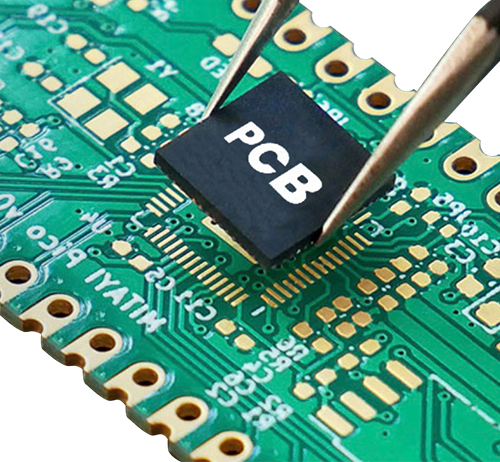Time:2022-07-14 Visit:
Is it necessary to remove the isolated copper in PCB design? There are many issues that need to be paid attention to in PCB design. Our topic today is is it time to remove the solitary copper problem?
pcb trace

Some people say that it should be removed, the reason is probably:
1. It will cause EMI problems.
2. Enhance the ability to engage in interference.
3. Dead copper is useless.
Some people say that it should be kept, and the reasons are probably:
1. Going to sometimes large blanks do not look good.
2. Increase the mechanical properties of the board to avoid the phenomenon of uneven bending.
First, we do not want to isolate copper (island), because this island forms an antenna effect here. If the radiation intensity of the surrounding traces is large, it will enhance the radiation intensity of the surrounding area; Lines introduce electromagnetic interference.
Second, we can delete some small islands. If we want to keep the copper, the island should be well connected to GND through the ground hole to form a shield.
Third, in the case of high frequency, the distributed capacitance of the wiring on the printed circuit board will work. When the length is greater than 1/20 of the corresponding wavelength of the noise frequency, an antenna effect will occur, and the noise will be emitted through the wiring. If there is a poorly grounded copper cladding in the PCB, the copper cladding becomes a tool for spreading noise. Therefore, in a high-frequency circuit, do not think that the ground wire is grounded somewhere, this is the "ground wire" ”, be sure to punch holes in the wiring with a spacing of less than λ/20, and “good ground” with the ground plane of the multilayer board. If the copper cladding is handled properly, the copper cladding not only increases the current, but also plays a dual role of shielding interference.